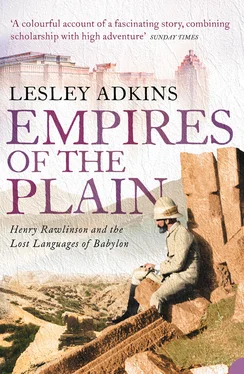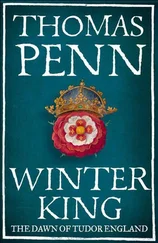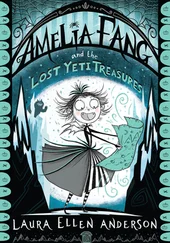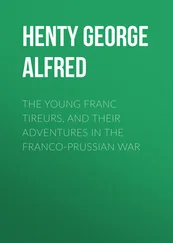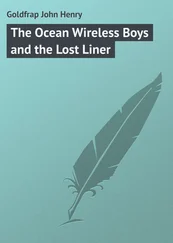In fact, Burnouf’s Commentaire sur le Yaçna arrived that same day, and later Rawlinson wrote that ‘I there, for the first time, found the language of the Zend Avesta critically analyzed, and its orthographic and grammatical structure clearly and scientifically developed’. 17 While he concentrated on Avestan (what he called Zend), Rawlinson learned much more about the language of Old Persian, appreciating that Avestan would give clues about vocabulary and grammatical structure. He began to progress beyond Burnouf’s achievements and seriously confronted Old Persian as a language, not just as a cuneiform script.
A few months earlier McNeill had gone to the Shah’s camp outside Herat in Afghanistan in an effort to persuade him to lift the siege and, Rawlinson noted, ‘left the confidential direction of the Legative affairs in my hands’. 18 Having failed in his mission, McNeill returned to Tehran in June and subsequently led the British detachment to Tabriz near the Turkish frontier, with a view to quitting Persia. At the same time Lord Auckland sent a force from India, which occupied the strategically important island of Karak in the Persian Gulf and was threatening to invade the Persian mainland. The siege at Herat dragged on, with the Persian army making little progress, but when news of the British threat reached Herat in mid-August, the Shah was so alarmed that he abandoned the ten-month siege in early September. No good reason remained for the British to intervene in Afghanistan, especially as any real threat from Russia had now evaporated under British pressure. The Russians recalled their agent Vitkievitch, officially reprimanding him, and Rawlinson recorded that ‘not having accomplished all that had been expected of him, [he] was disavowed on his return to St Petersburg, and blew his brains out’. 19
Although the problem had been resolved, Lord Auckland was intent on interfering in Afghanistan. Earlier in the year he had ignored the advice of Burnes to support Dost Mohammed at Kabul, but instead followed the advice of William Macnaghten, who was Chief Secretary of the Calcutta government. Support was guaranteed for the exiled Sadozai ruler of Afghanistan, Shah Shuja, and a treaty was signed between Shah Shuja, the Sikh leader Ranjit Singh and the British, with Shah Shuja agreeing to cede all territories that were once held by Afghanistan but were now occupied by the Sikhs, including Peshawar. At the summer capital of Simla in northern India, in the foothills of the Himalayas, Lord Auckland issued on 1 October 1838 what was in effect a declaration of war on the states of Kabul and Kandahar. It became known as the Simla Manifesto and was an attempt to justify an invasion of Afghanistan.
While based at Tabriz, Rawlinson received permission to undertake an expedition to explore north-west Persia that he had planned, but first of all he sent a letter to the Royal Asiatic Society apologizing for not sending the Bisitun inscription, but the troubled state of Persia made it too difficult. On 16 October he left the camp, and his journey over the next few weeks took him south and south-east of Tabriz, constantly compiling notes on the antiquities, villages, tribes and countryside. This time he was on his own, without the backing of an army of a few thousand men – a hazardous undertaking in which he relied on local guides. After two days he stopped at a village near Lake Urmia, where ‘Melik Kásim Mírzá, a son of the late Sháh of Persia … has built himself a palace in the European style near the village … To great intelligence and enterprise he unites a singular taste for the habits of European life, and the cultivation of many useful arts which belong to European civilization.’ 20
The following day was spent with the prince, ‘giving him such information and assistance as I was able in his various objects of pursuit. His acquaintance with European languages is extensive. Of French he is a perfect master; and in English and Russian he converses with much fluency. His habits of domestic life are also entirely European: he wears European clothes, breakfasts and dines in the European style; and, as far as regards himself, has adopted our manners, to the minutest point of observance; and this singular transition – a change which a person accustomed to the contrasts of European and Oriental life can alone appreciate – has arisen entirely from his own unbiased choice, and without his having had either means or inducement to effect it beyond his occasional intercourse with European society at Tabríz.’ 21 Rawlinson confessed that the village ‘presents a phenomenon in social life, which I should little have expected to meet with in Persia; and when I reflect that moral development can alone proceed from an improvement in the social condition, I fervently hope that the prince may have many imitators, and that a brighter day may thus be opening upon Persia.’ 22 Like many Victorians, Rawlinson believed that the adoption of European values could only bring about an improvement in the way of life.
The region south-west of Lake Urmia, near the Turkish border, had seen very few Europeans, and Rawlinson noted that its Kurdish tribesmen ‘are a remarkably fine, active, and athletic race, and are, perhaps, the most warlike of the many warlike clans who inhabit this part of Persia. From their exposed position, indeed, upon the immediate frontier of Turkish Kurdistán, they are constantly engaged in frays with the wild tribes who inhabit the neighbouring mountains; and I saw several of the chiefs who wore their shirts of mail day and night, and always kept their horses ready saddled, not knowing at what moment they might be called on to sally forth and repel a foray. Their common weapon is a spear, and they are loth to give it up; but finding that the mountain clans with whom they engage have almost universally adopted the use of fire-arms, they are beginning gradually to follow their example.’ 23
Конец ознакомительного фрагмента.
Текст предоставлен ООО «ЛитРес».
Прочитайте эту книгу целиком, купив полную легальную версию на ЛитРес.
Безопасно оплатить книгу можно банковской картой Visa, MasterCard, Maestro, со счета мобильного телефона, с платежного терминала, в салоне МТС или Связной, через PayPal, WebMoney, Яндекс.Деньги, QIWI Кошелек, бонусными картами или другим удобным Вам способом.
